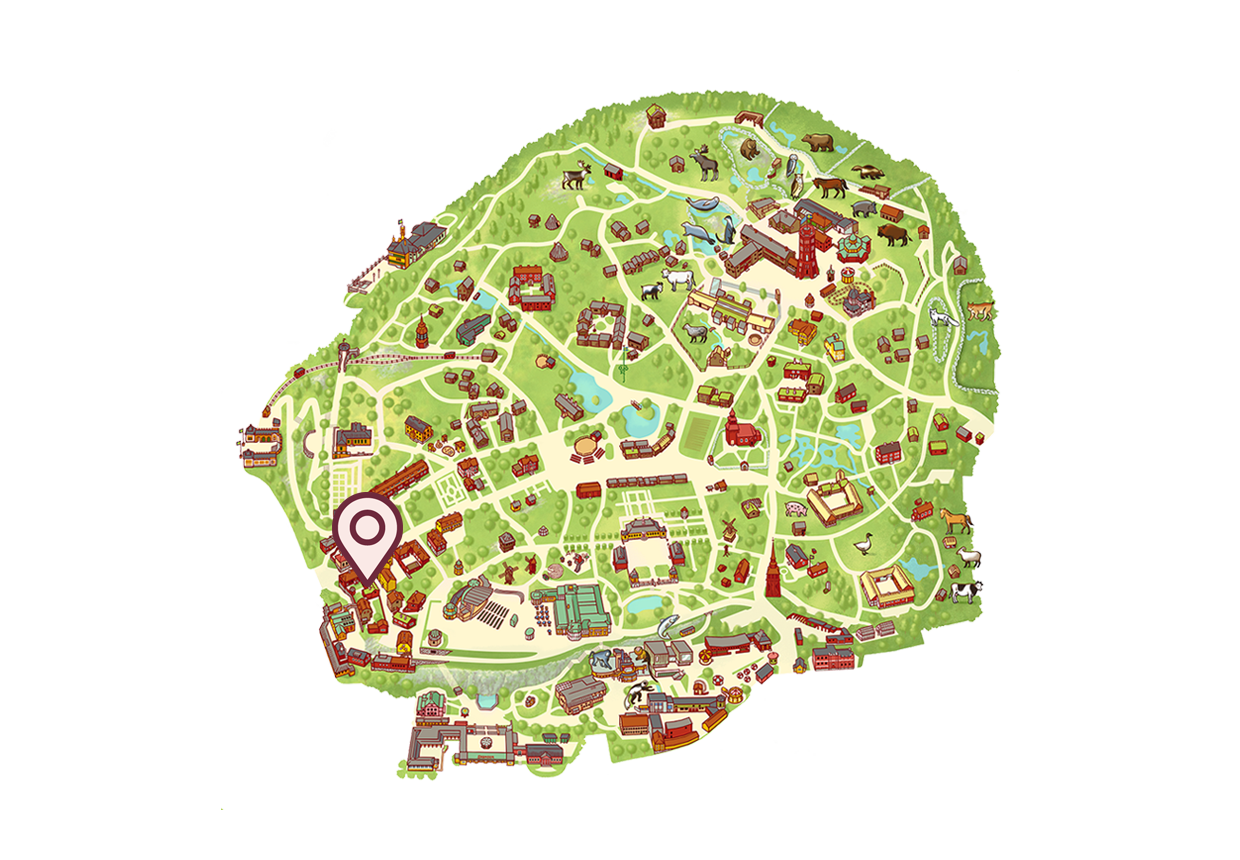The Printer's workshop
The Printer’s, in Latin Officina Typographica, is housed in a building from 1725 in Stockholm. At the printer’s one can see how books and papers were printed as late as the first part of the 19th century.
| Day | Time |
|---|---|
| 31 January 2026 | 11.00-16.00 |
| 1 February 2026 | 11.00-16.00 |
Find the Printer's workshop
